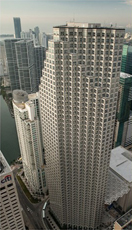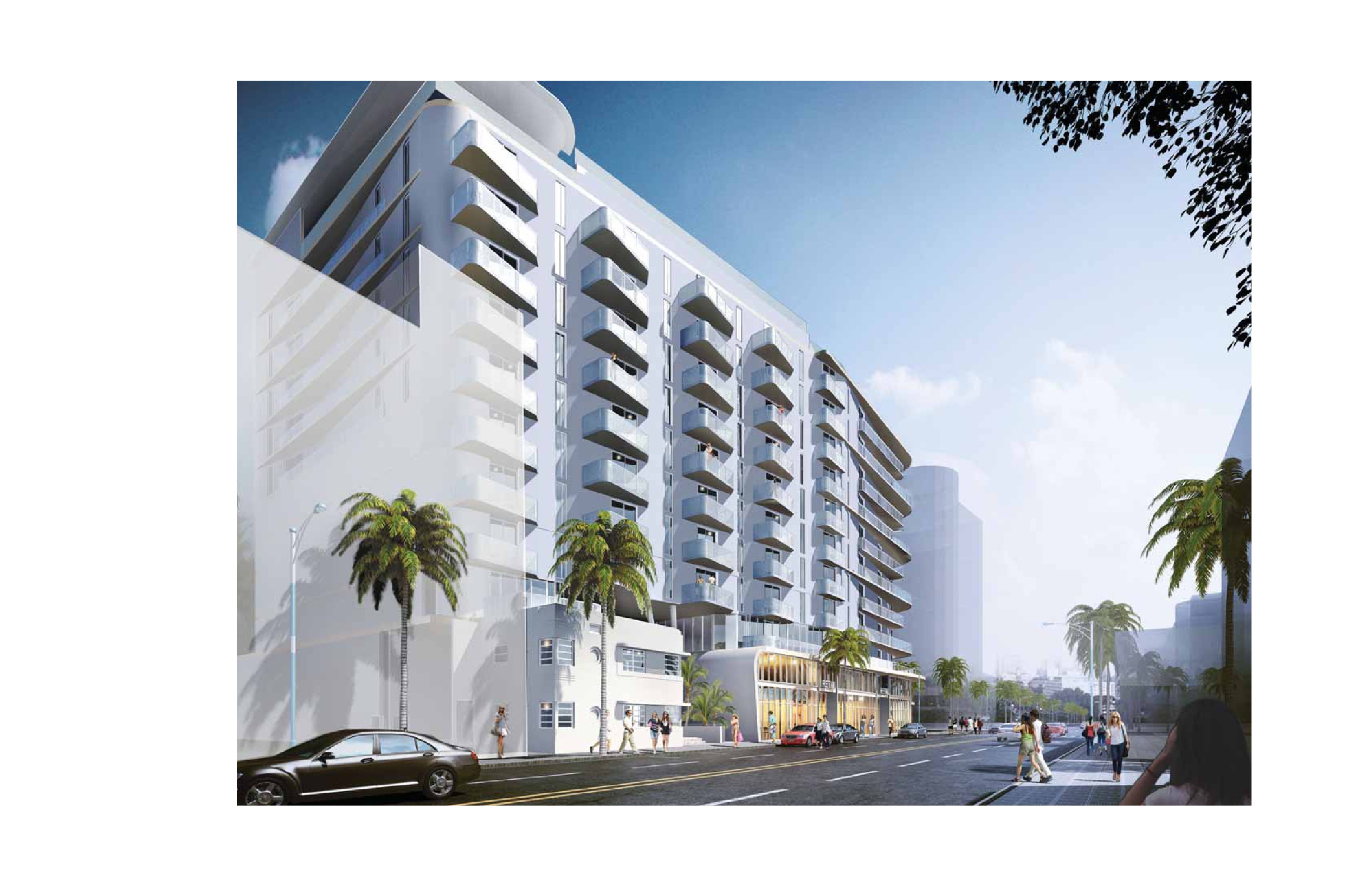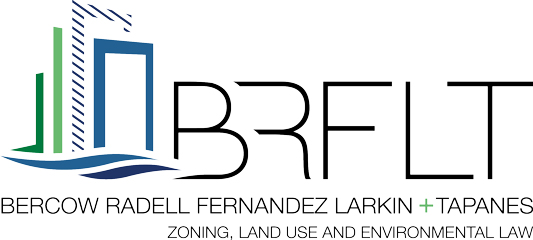1600 Washington
Bercow Radell Fernandez Larkin + Tapanes represented 420 Lincoln Road Development LLC, a company managed by Ambassador Paul Cejas. Over the years Ambassador Cejas has assembled a number of properties within the Lincoln Road corridor and along Washington Avenue, Miami Beach. Some of these properties needed rehabilitation, while others needed complete make-overs. One of the properties, containing two structures located along 16th Street, between Washington and Drexel Avenues, provided a complexity of issues and a potential for a revitalization of the neighborhood.
After many years of ownership and the City’s re-defining of Washington Avenue, the Ambassador believed that the time had come to redevelop this site.
We were engaged to obtain a Conditional Use permit from the City of Miami Beach’s Planning Board (PB) for a proposed development over 50,000 square feet and a certificate of appropriateness for demolition and design from the City’s Historic Preservation Board (HPB). These requests presented a challenge, as the property is located within the Flamingo Park Local Historic District and both the structures on the property were listed as contributing (historic) structures within the City’s historic database.
The proposal was to demolish the structures and erect a new 10-story, 155,447 square foot, mixed use apartment building with a ground floor commercial component. Our office worked closely with the property owner and City staff to come up with a solution which would help stimulate the area, but respect the historic nature of the neighborhood and of the property. To that end, we obtained a certificate of appropriateness from the HPB allowing the complete demolition of the easternmost structure. The westernmost structure, which was designed by renowned Miami Beach, architect Henry Hohauser, posed a challenge. Preservationists believed that the structure should be retained in its entirety, but practical issues existed on how to incorporate it within the larger project without it losing its character.
The solution was to relocate the historic structure westbound, adjacent to the existing garage, pull it out toward the street, to increase visibility and then construct the new development around the structure. This too posed a problem as the existing City Code does not permit the addition of more than one story above existing historic structures in this neighborhood. To resolve the issue, parts of the structure would be demolished and replicated. This solution helped to ensure the longevity of a historic structure through compliance with the new sea level rise regulations, achieved more visibility of the historic façade, and made the historic structure a focal point of the architecture. This run-down, 10-unit apartment building will now be the lobby for the property. The Planning Board acknowledged the preservation of the structure and the redevelopment of the area and approved the new structure unanimously.
This will be the first commercial structure in Miami Beach, to be raised and relocated as part of a new development.
Click to enlarge images
See More Case Studies
















































